Shanghai, China
+86-17317656853
inquiry@cgprotection.com


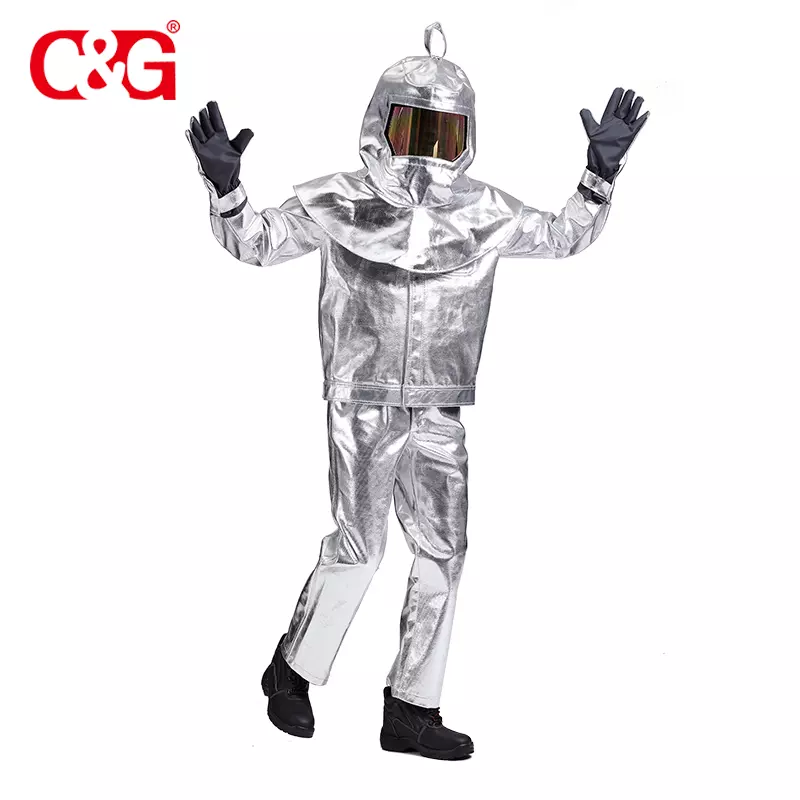


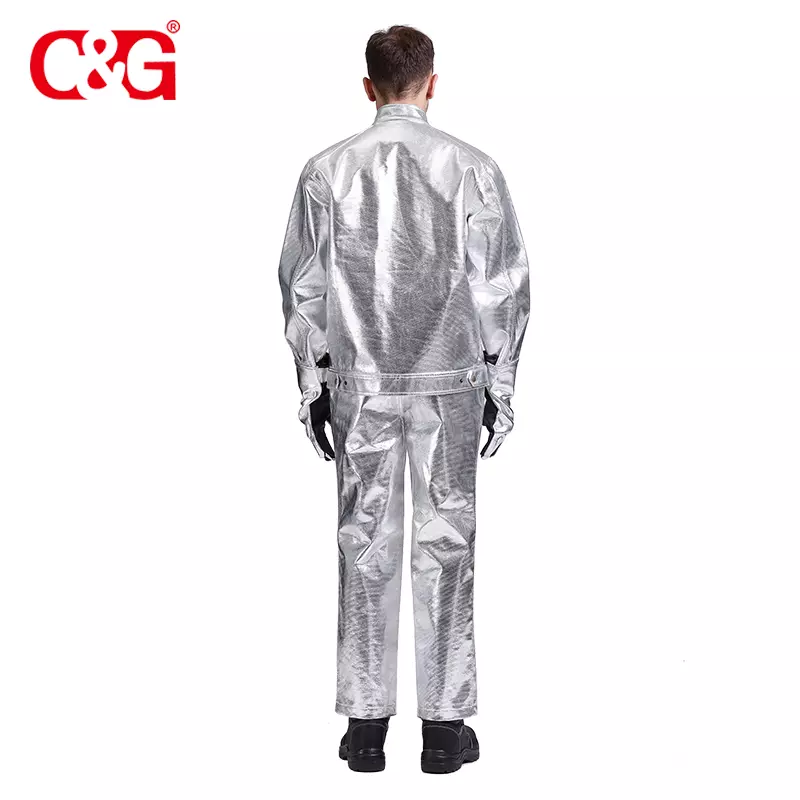



Can withstand the degree of 1200°C;
Can resist thermal contact and hot melt metal splash;
The aluminized material is not easily peeled from the base material;
Steel and aluminum factory or other heat dangerous industrial environment.





If you need timely service, please contact us through online chat on our website
or Email: inquiry@cgprotection.com
WhatsApp: +8617317656853

| Model: | MirPro-Kit-580 |
| Material: | 580 g/m2 aluminized Viscose base material |
| Description: | Can withstand the degree of 1200°C; Can resist thermal contact and hot melt metal splash; The aluminized material is not easily peeled from the base material. |
| Application: | Steel and aluminum factory or other heat dangerous industrial environment |
| Standard: | EN11612:2015, EN407:2020 |
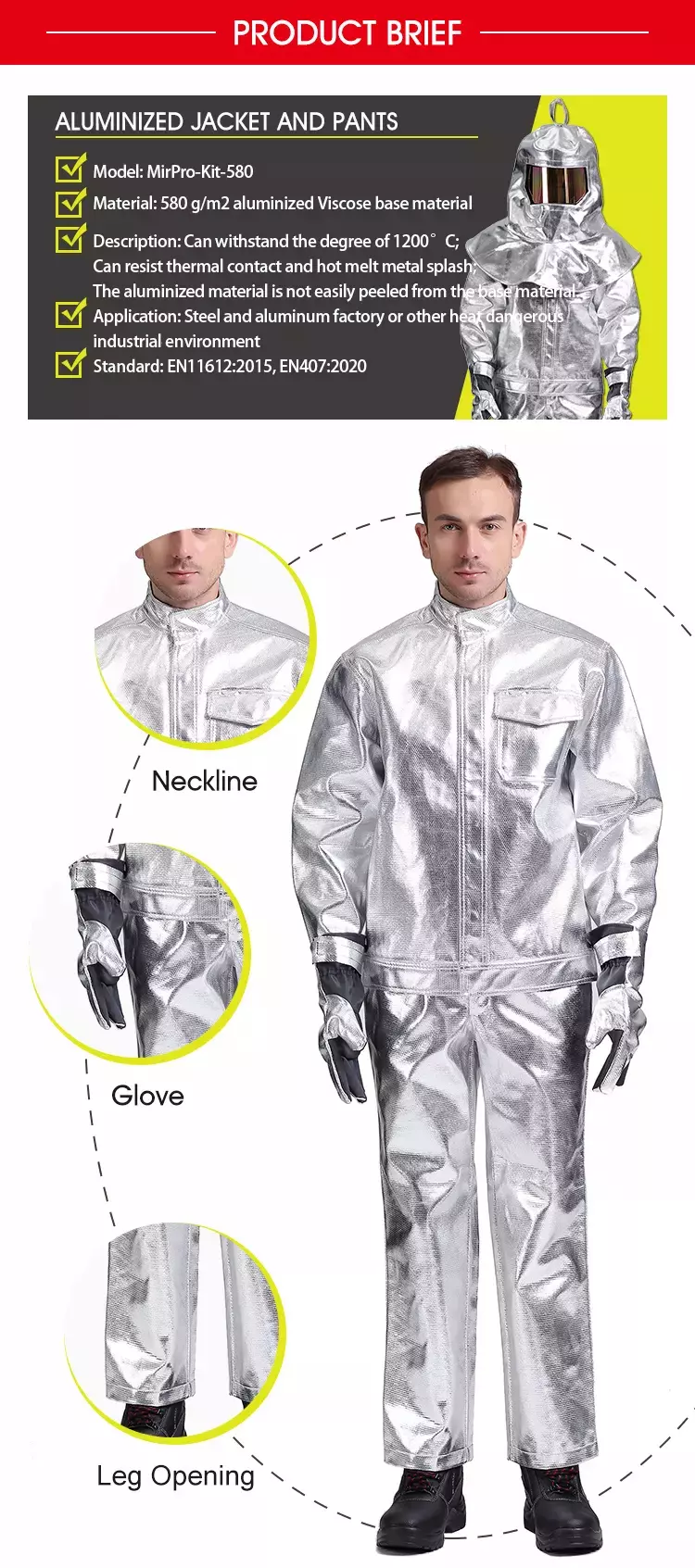
| Material Composition: Aluminized Viscose Base Material: This material is specifically engineered to provide excellent heat resistance. The aluminum coating on the viscose fabric reflects radiant heat, protecting the wearer from extreme temperatures. Properties Temperature Resistance: Can Withstand Temperatures Up to 1200°C: This makes it suitable for environments where exposure to high heat is a constant risk, such as in steel and aluminum production facilities. Thermal Contact and Hot Metal Splash Resistance: Resistant to Thermal Contact: The material can withstand brief contact with hot surfaces, reducing the risk of burns. Hot Metal Splash Resistance: It offers protection against splashes of molten metal, which is crucial in foundries and metalworking industries. Durability: Aluminized Material Stability: The aluminum coating is designed to adhere strongly to the viscose base, ensuring that it does not peel off easily even under harsh conditions. Applications: Steel and Aluminum Factories: Workers in these environments are regularly exposed to high temperatures and molten metals. This clothing provides essential protection. Other Heat-Intensive Industries: Any industry where high temperatures and the potential for molten metal splashes are present, such as glass manufacturing or heavy machinery operations, would benefit from this type of protective gear. Additional Considerations Comfort: Despite its heavy-duty protection, the clothing is designed to be as comfortable as possible, allowing for some flexibility and ease of movement. |
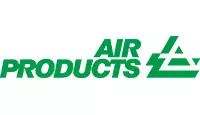

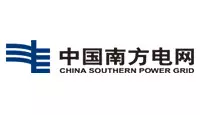
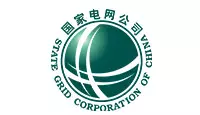
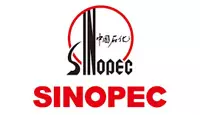
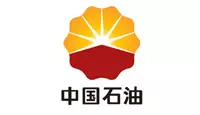

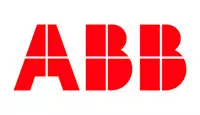


© 2023 Shanghai C&G. All Rights Reserved.